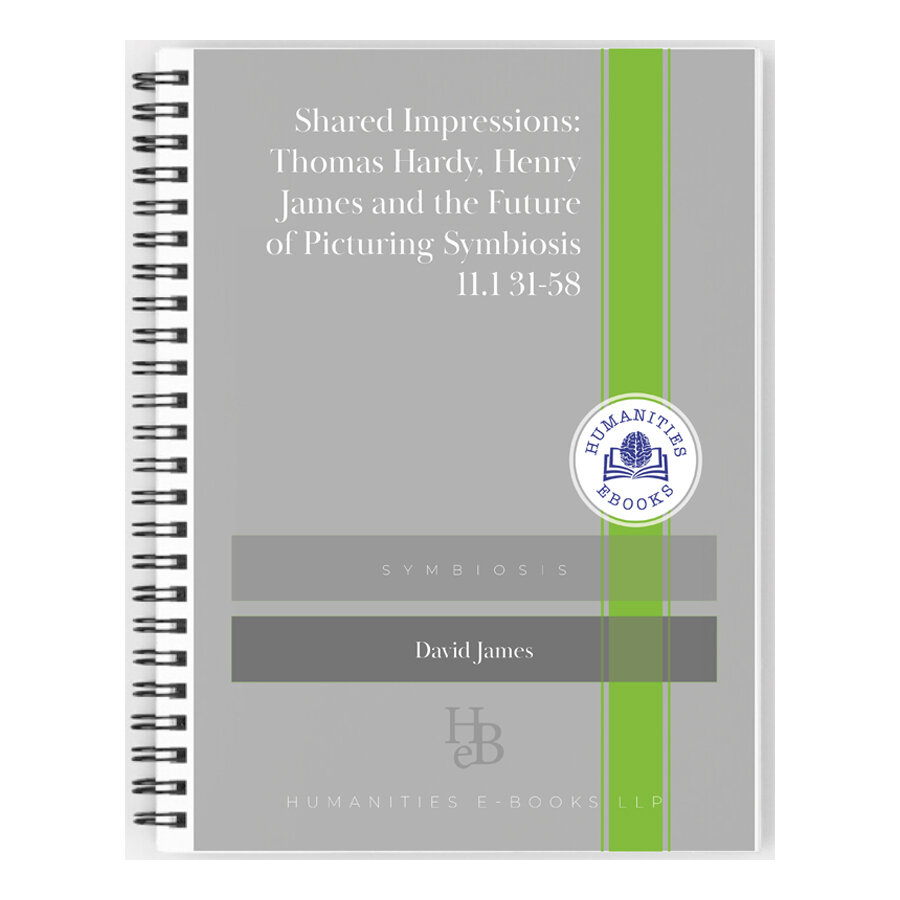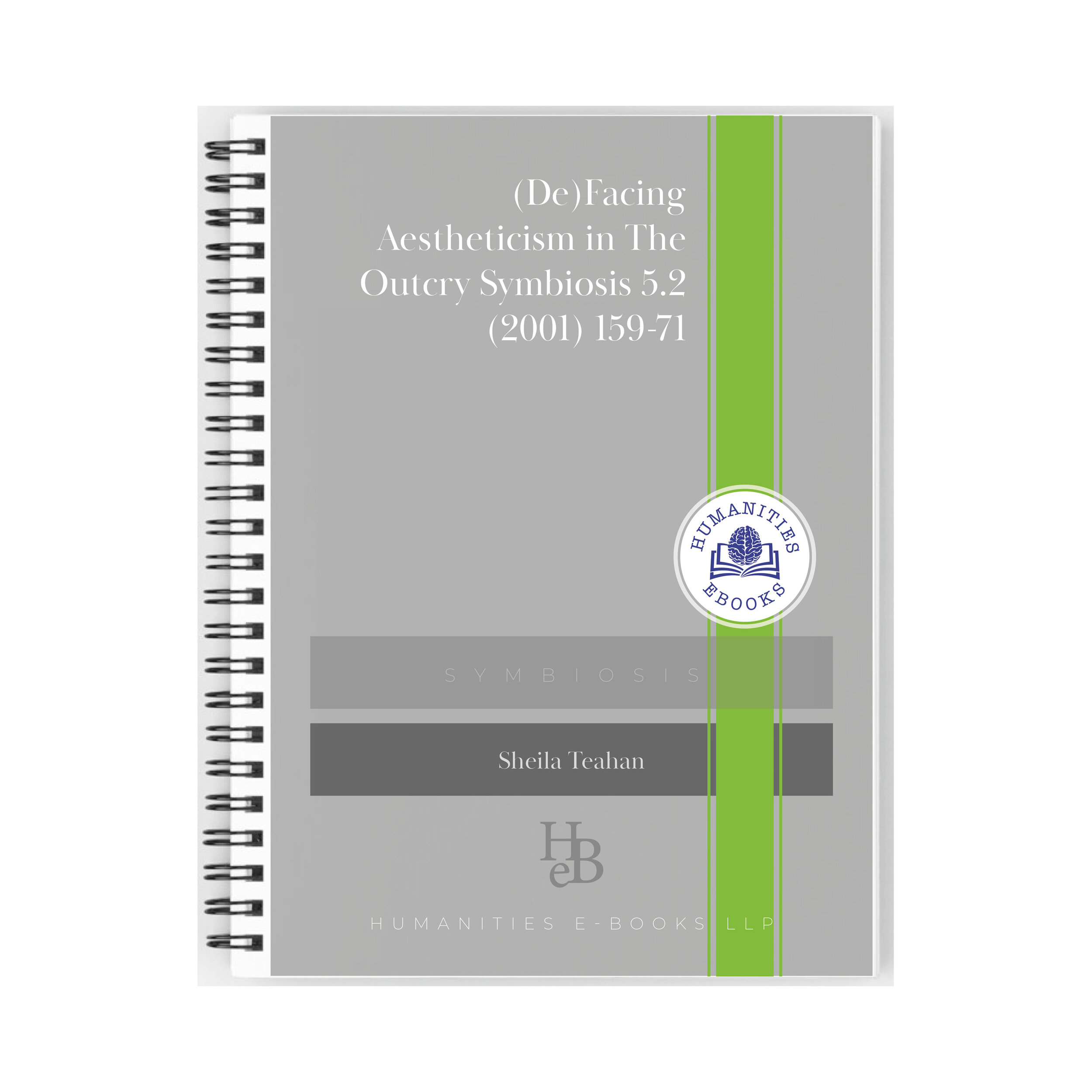Down and Out in London and Orwell Symbiosis 6.1 69-94
Author: William Dow
Pages 32
This micro-ebook, 'Down and Out in London and Orwell' by William Dow, offers a comprehensive analysis of the socio-political narratives and personal experiences depicted in Jack London's 'People of the Abyss' and George Orwell's 'Down and Out in Paris and London.' Originally published in Symbiosis: a Journal of Anglo-American Literary Relations, this essay explores the writers' tendency to dwell in regions of discomfort and their efforts to language the body into existence. Dow examines how both authors use their personal experiences and "tramp" identities to portray the body as a site of both depth and surface, contributing to the early twentieth-century project of bringing the body and its senses into the ethical and social realm.
Author: William Dow
Pages 32
This micro-ebook, 'Down and Out in London and Orwell' by William Dow, offers a comprehensive analysis of the socio-political narratives and personal experiences depicted in Jack London's 'People of the Abyss' and George Orwell's 'Down and Out in Paris and London.' Originally published in Symbiosis: a Journal of Anglo-American Literary Relations, this essay explores the writers' tendency to dwell in regions of discomfort and their efforts to language the body into existence. Dow examines how both authors use their personal experiences and "tramp" identities to portray the body as a site of both depth and surface, contributing to the early twentieth-century project of bringing the body and its senses into the ethical and social realm.
Author: William Dow
Pages 32
This micro-ebook, 'Down and Out in London and Orwell' by William Dow, offers a comprehensive analysis of the socio-political narratives and personal experiences depicted in Jack London's 'People of the Abyss' and George Orwell's 'Down and Out in Paris and London.' Originally published in Symbiosis: a Journal of Anglo-American Literary Relations, this essay explores the writers' tendency to dwell in regions of discomfort and their efforts to language the body into existence. Dow examines how both authors use their personal experiences and "tramp" identities to portray the body as a site of both depth and surface, contributing to the early twentieth-century project of bringing the body and its senses into the ethical and social realm.








